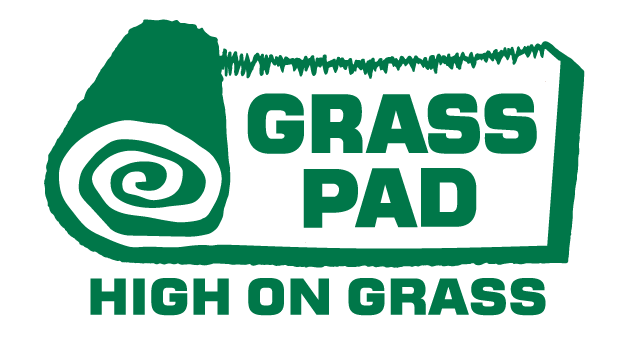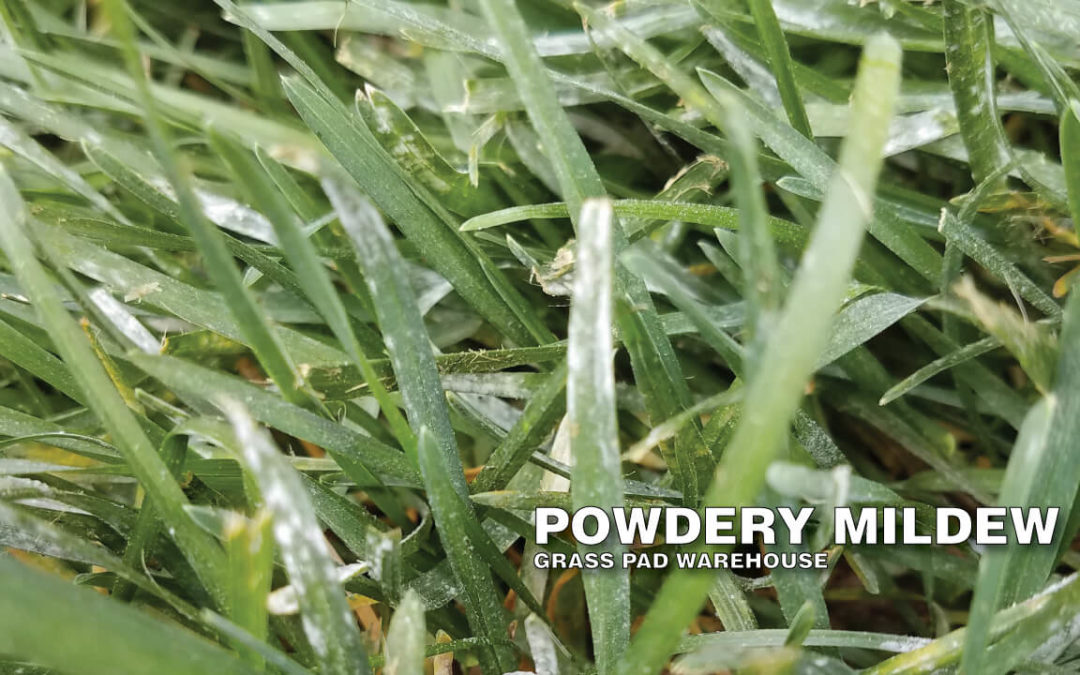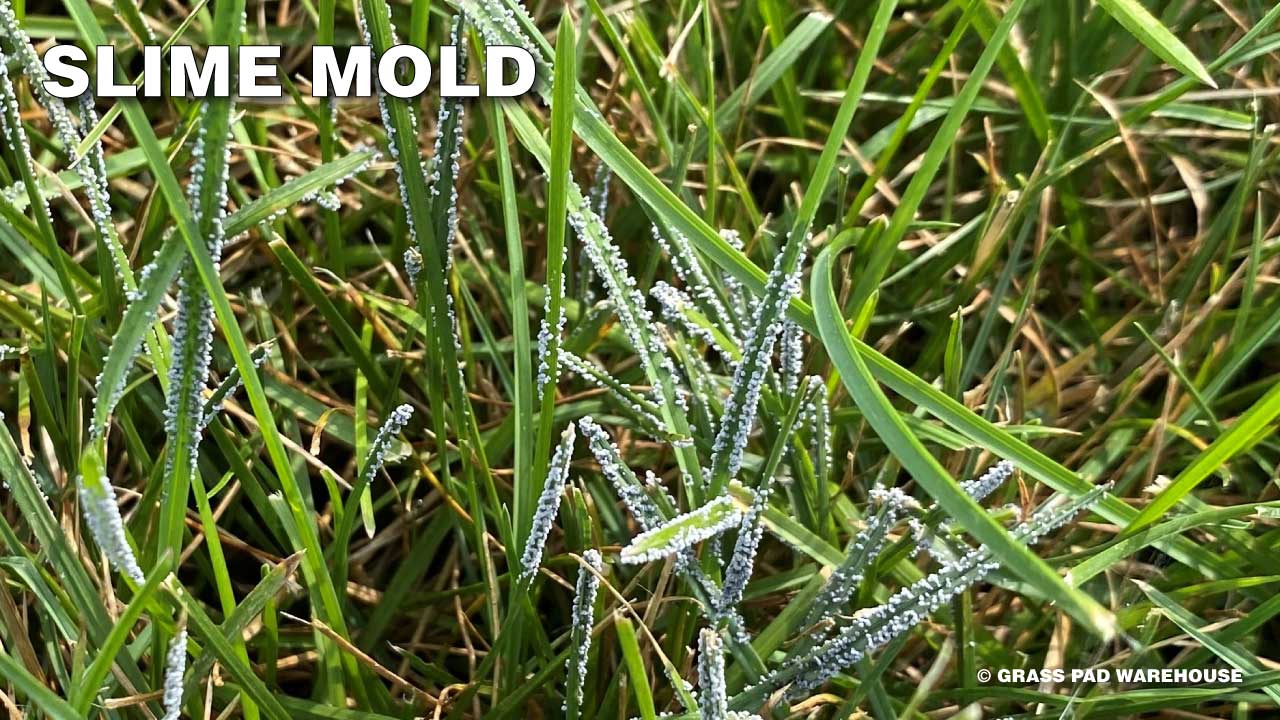What Is Powdery Mildew?
It can happen in early spring and early fall, that white powder on the grass blades giving them a silvery color is most likely powdery mildew. Transitioning to and from cooler weather can make conditions ideal for powdery mildew to pop up in shaded and wind protected areas in the lawn. In the mid-west, it is primarily a problem on Kentucky bluegrass, although it may also occur to a smaller degree on various fescues.
What Are Symptoms of Powdery Mildew?
The fungus first appears as isolated patterns of fine, gray-white, powdery growth on the upper surface of the grass leaf. This growth rapidly becomes denser and may cover the entire leaf, giving the leaf a gray-white appearance. In severe outbreaks, entire portions of turf stand may be dull white, rather than green. Individual leaves look as though they are covered with flour or powder.
What Causes Powdery Mildew?
The fungus organism overwinters in dead grass and infected living grass plants. Spores of the fungus spread by the wind to leaves of other turf grass plants. Conditions favorable for powdery mildew development include poor air circulating, high atmospheric humidity, low light intensity or shade, and cold air temperatures. Kentucky bluegrass, when planted in shaded areas, is particularly susceptible to this disease.
How to Treat Powdery Mildew in the Lawn
- Control is easy if you do not wait too long. In spring, an application of Fungus Fighter will slow the spread. Fungus Fighter is available in a spray form or a granular application.
- Keep your mower blade sharp. Set your mower height down slightly shorter if you are mowing over 3 inches tall. A shorter cut helps the dew dry faster, and you should be able to mow off some white powder.
- Powdery Mildew typically shows up in late March through May, so watch these same areas over the next 30 days. Controls work for about 14 days. If the conditions return, you could see a second infection this year.
What Are the Effects of Powdery Mildew
The disease is not typically mortal but, the timing of this event can thin turf stands to a point that allow weeds to sprout in those areas. Also, a thinned turf stand allows more UV rays to contact the soil. The increase in UV rays over time will break down the effectiveness of crabgrass pre-emergence in areas usually shaded by dense turf. Step #3 Prevent crabgrass control in late May will be critical to extend crabgrass control through the summer months.
Will Powdery Mildew Go Away by Itself?
Powdery mildew doesn’t just go away, it will stop growing when conditions change. It’s just the gamble you take on how long that will be and how much damage will be done while you wait on Mother Nature. In addition, if the conditions should return, so will the powdery mildew. Control applications of Fungus Fighter will knock it out and give protection against its return.
What is Slime Mold?
Slime mold is another fungus that can be seen as a white powder on grass blades. Slime mold can be found on all types of cool-season, warm-season grasses and grassy weeds. Most commonly appearing after long sustained periods of wet weather, leaving wet grass leaves for extended periods. Areas with poor drainage and heavy thatch also may increase the chances of slime mold appearing. Slime mold can be found from late spring to late fall. Slime mold does not harm the grass plant, but its sudden appearance on turfgrass can be annoying and somewhat alarming to a rookie. Plant vigor may be slightly diminished in severe cases due to excessive growth of the fungus covering the leaf surface, inhibiting photosynthesis, but not in typical cases. Slime molds are known to reoccur in the same location each year.
How to Treat Slime Mold.
Best treatment for the occasional flare-up of light to moderate slime mold is to leave it to Mother Nature to take her course. Heavy infestations can be removed by mowing, raking, or sweeping the spores off with a broom. Chemical management is not typically recommended.
More Related Articles to Powdery Mildew on Grass
5 Tips on Growing Grass Under Shade Trees
- Why grass won’t grow under big trees. Learn More at this Link
Tips to Controlling Disease on Turf
- Timing Fungus Fighter applications and good maintenance. Learn More at this Link
Proper Mowing Heights for Grass
- Changes in seasonal mowing heights. Learn More at this Link
When Mushrooms Pop Up in the Lawn
- Why mushrooms appear and what you can do. Learn More at this Link
How to Bring a Sample
- What you should know before you bring a grass or weed sample. Learn More at this Link




